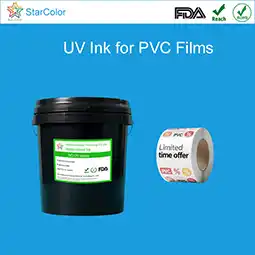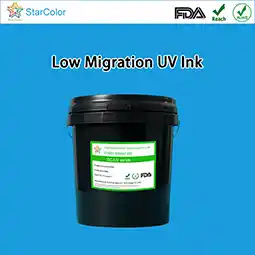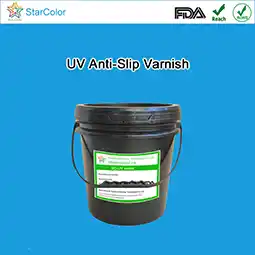Application of Food-Grade Ink in Beverage Label Printing
Date: Mar 27 2024 From: Star Color Views:
Globally, especially in developed Western countries, the strict enforcement of food safety regulations has made issues such as “excessive migration of non-food-grade inks” and “hazards of solvent residues” a major concern for both beverage companies and printing manufacturers. With core advantages of low migration, non-toxicity, and regulatory compliance, food-grade inks are widely used in beverage labels (such as PET bottle labels, aluminum can wraps, and glass bottle labels).
This article analyzes the application of food-grade inks in beverage label printing from five perspectives: regulatory requirements, ink type comparison, application adaptability, process control, and case validation, offering companies safe and compliant printing solutions.
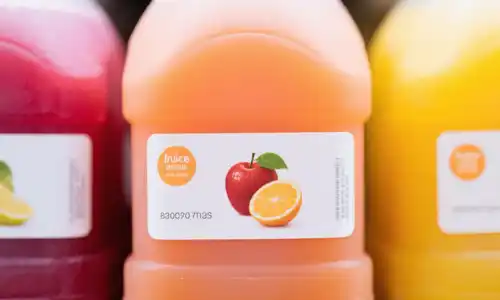
I. Core Requirements of Beverage Labels for Food-Grade Inks: Regulatory and Safety Constraints
Beverage labels operate in unique environments—they must withstand hot filling (80–95°C), low-temperature refrigeration (0–4°C), and humid conditions (e.g., condensation in refrigerators). Some labels (such as shrink sleeves) come into direct contact with the bottle mouth, placing safety, durability, and adhesion as the three essential requirements, with safety as the primary threshold.
1. Key Regulatory Standards: Defining Ink Safety Boundaries
Global regulations for food-contact inks provide strict requirements that beverage label printing must meet:
-
China Standards
-
GB 4806.10-2022: Sets migration limits for food-contact inks—specific migration limits (such as heavy metals Pb, Cd, Hg, As) ≤ 0.01 mg/kg; overall migration ≤ 60 mg/dm²; VOC content ≤ 100 g/kg (solvent-based), ≤ 50 g/kg (water-based).
-
-
International Standards
-
EU 10/2011: Prohibits substances such as BPA and 23 other restricted chemicals; migration testing must cover acidic (4% acetic acid), fatty (isooctane), and aqueous (distilled water) food simulants.
-
U.S. FDA 21 CFR 175.300: Requires all raw materials to be listed in FDA’s approved substances, with specific migration limits ≤ 0.02 mg/kg—essential for beverage labels exported to North America.
-
Germany LFGB: Sets strict sensory requirements and limits phthalate plasticizers (≤ 0.1%).
-
2. Special Demands of Beverage Applications: Beyond Basic Safety
In addition to compliance, beverage labels require inks with advanced performance:
-
Moisture & Heat Resistance:
-
Hot-fill labels must withstand 85–95°C hot water immersion for 10–30 seconds without bubbling or fading.
-
Refrigerated labels (0–4°C) must retain adhesion, resisting condensation damage.
-
-
Abrasion Resistance:
-
Inks must pass a 500 g load, 50-cycle rub test with no ink transfer.
-
-
Chemical Resistance:
-
Must resist 5% acetic acid and 10% carbonated solution immersion for 24 hours without swelling or fading.
-
-
Odor-Free:
-
No strong odors or flavor migration into beverages, especially for neck labels, requiring odor migration testing.
-
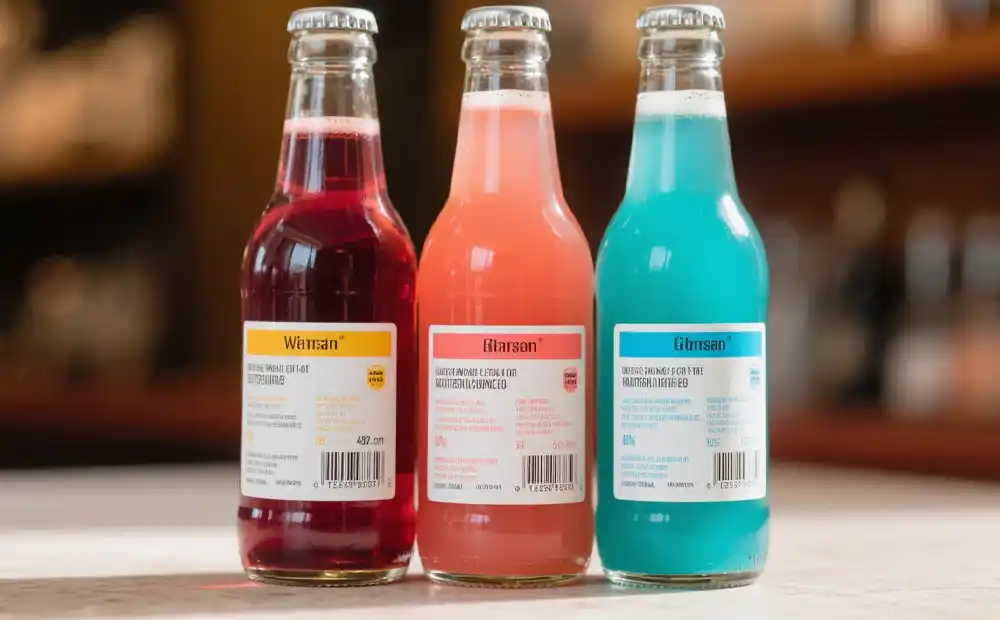
II. Common Types of Food-Grade Inks for Beverage Labels
Food-grade inks for beverage labels mainly include water-based inks, UV-curable inks, and alcohol-soluble inks, each with unique features.
| Ink Type | Core Advantages | Key Performance Indicators | Suitable Label Substrates | Limitations |
|---|---|---|---|---|
| Food-Grade Water-Based Ink | Low VOC (≤30 g/kg), odor-free, cost-effective | Overall migration ≤50 mg/dm², withstands 50 rubs without fading, drying at 50–60°C | Paper labels (coated, kraft), PE labels | Poor heat resistance (≥80°C prone to bubbling), thin ink layer (1–2 μm) |
| Food-Grade UV Ink | Zero VOC, ultra-fast curing (≤1s), excellent durability | Specific migration ≤0.005 mg/kg, resists 85°C hot water for 1h without fading, adhesion grade 5B | PET labels, shrink sleeves, aluminum cans | Higher cost (30–50% above water-based), brittle at low temperatures (< –10°C) |
| Food-Grade Alcohol-Soluble Ink | Fast drying (3–5s), excellent alcohol resistance | Overall migration ≤55 mg/dm², withstands 75% ethanol wiping 30 times, VOC ≤80 g/kg | BOPP, PE labels | Contains ethanol (requires recovery), not suitable for hot-fill applications |
III. Key Process Control Points for Food-Grade Inks in Beverage Label Printing
Even with compliant inks, poor process control may cause migration exceedance, poor adhesion, or ink layer failure. Standardized process control is essential in four areas: substrate pretreatment, printing parameters, curing/drying, and post-treatment.
1. Substrate Pretreatment
-
Surface Tension Adjustment
-
PET, BOPP: corona treatment to 38–42 dyn/cm for full wetting.
-
PE: plasma treatment or apply 0.5–1 μm water-based primer to improve adhesion.
-
-
Cleaning
-
Pre-print cleaning with vacuum dust removal + alcohol wiping.
-
Paper labels: pre-conditioning to avoid shrinkage affecting registration.
-
2. Printing Parameter Optimization
-
Printing Pressure
-
Water-based inks: 1.5–2.0 bar (flexo).
-
UV inks: 2.0–2.5 bar (gravure).
-
-
Printing Speed
-
Water-based: 150–200 m/min (flexo).
-
UV inks: 250–300 m/min (gravure), matched with curing energy.
-
-
Temperature Control
-
Water-based: drying at 50–60°C.
-
UV inks: LED-UV ≤40°C to avoid shrinkage.
-
3. Post-Processing
-
UV Coating
-
Hot-fill or export labels: apply 1–1.5 μm food-grade UV varnish at 80–100 mJ/cm² curing energy.
-
-
Lamination
-
Paper labels: PE lamination for leak protection.
-
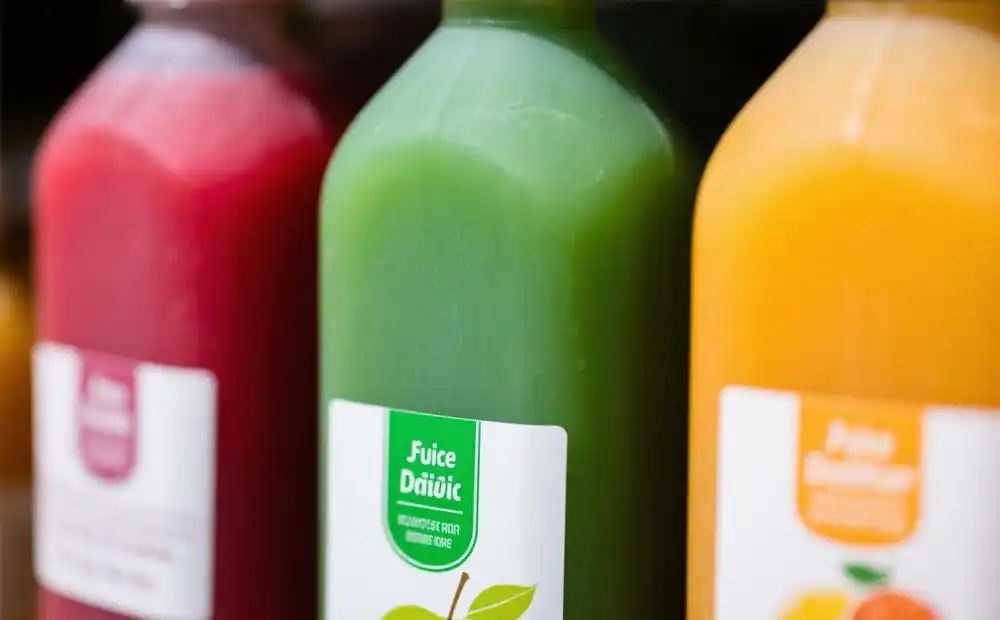
IV. Case Study: Juice Company Upgrades to Food-Grade Inks
Background
A Southeast Asian juice producer using water-based inks for PET shrink sleeves faced two problems:
-
Ink bubbling and fading after 85°C hot-filling.
-
Total migration at 75 mg/dm², exceeding GB 4806.10-2022 limits (60 mg/dm²).
Upgrade Solution
-
Ink Selection: Switched to FDA-certified food-grade UV inks (≤0.005 mg/kg migration).
-
Substrate Pretreatment: PET shrink film corona treated (40 dyn/cm) + 0.8 μm food-grade primer.
-
Process Optimization:
-
Speed: 200 m/min.
-
UV curing: 110 mJ/cm² (LED-UV, 365 nm).
-
Post-treatment: 1.2 μm UV varnish, 90 mJ/cm².
-
-
Quality Control: Migration, adhesion, and durability testing on each batch.
Results
-
Compliance: Total migration reduced to 45 mg/dm², meeting EU 10/2011 standards.
-
Performance: No bubbling or fading after hot-filling, rub resistance up to 500 cycles, complaint rate down from 12% to 0.8%.
-
Efficiency: Speed increased from 150 to 200 m/min, daily output from 300,000 to 400,000 labels (+30%).

V. Conclusion
As the “last mile of food contact,” beverage label inks directly impact consumer health and brand reputation.
Companies must not only ensure compliance and safety through proper raw material selection and process optimization, but also choose inks based on beverage type (hot-fill, refrigerated, carbonated) and packaging material (PET, PE, paper).
Looking forward, with the development of zero-migration inks and biodegradable inks, food-grade inks will evolve toward greater safety, sustainability, and adaptability to complex scenarios, becoming a key driver of high-quality growth in the beverage industry.
 RU
RU EN
EN CN
CN








